Click to view our Accessibility Statement or contact us with accessibility-related questionsSee More Reviews
Free Standard Shipping in the US on orders over $99
Free Standard Shipping in the US on orders over $99
Showing 1 of 287 reviews about:
Related Products
Drop Refurbished
Like-new products you can trustDrop Rewards
Get $5 for every 500 points you earn! Learn more
Drop Keyboard Club
Become a member and expand your keycap collectionCollaborate With Us
For Brands & Designers© 2024 Drop

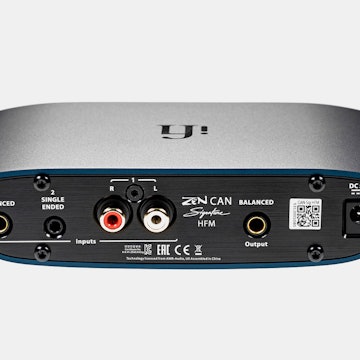
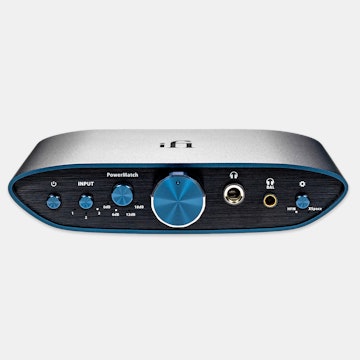
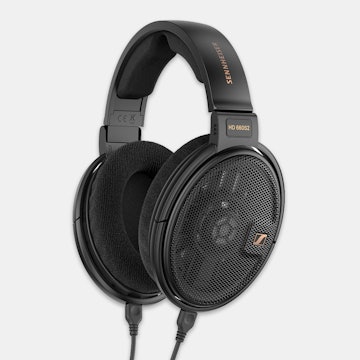
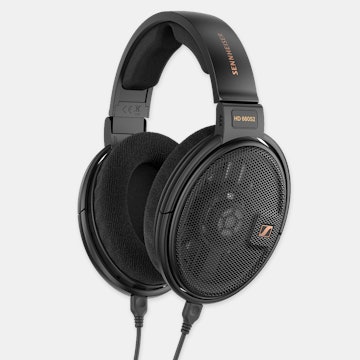
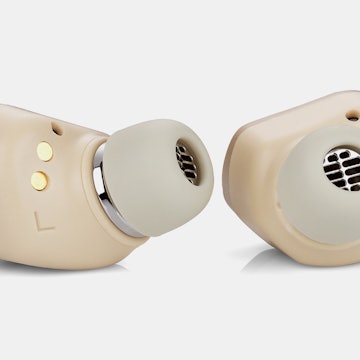
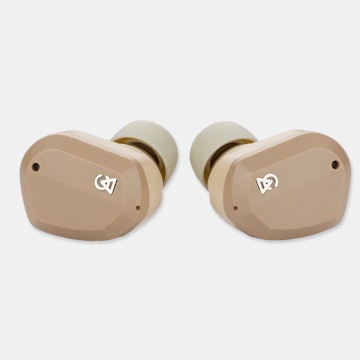
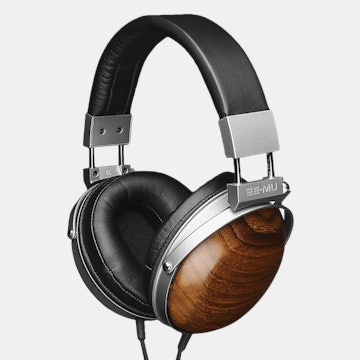
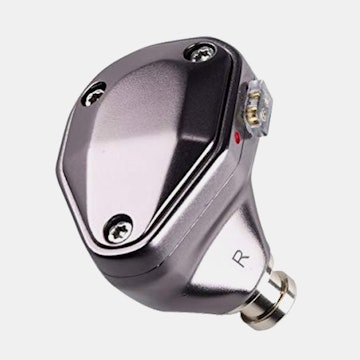
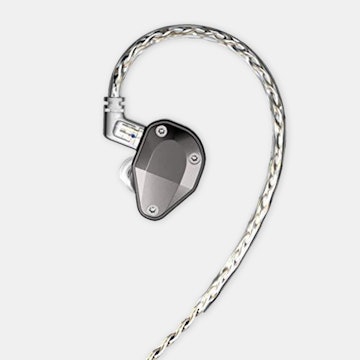
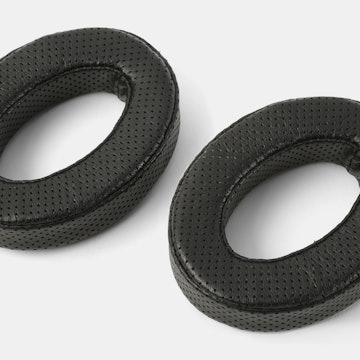
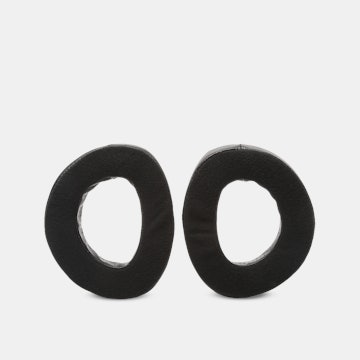
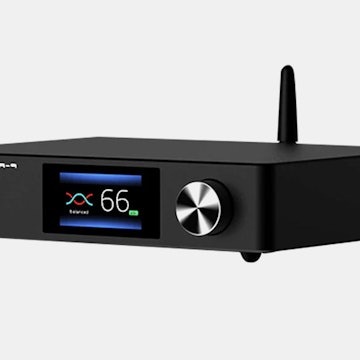
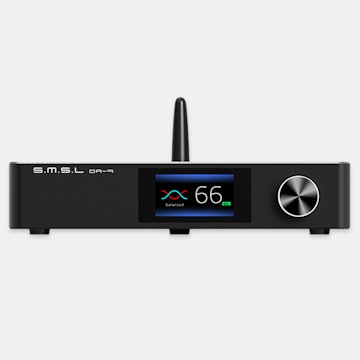
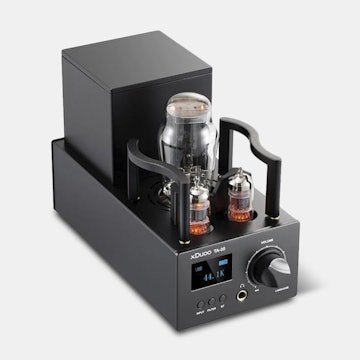
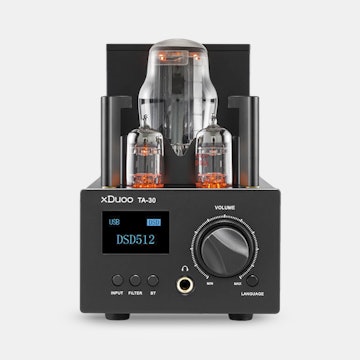
- white = stock FD01/brightest/no dampening
- green = somewhere in the middle/some dampening
- blue = the least brightest/most dampening
Massdrop Noble 'X': I mention this IEM because not only are they from the same Drop 'house', tuned by the same folks, and around the same price; but it's one that many are familiar with. Tonally, there is no comparison between this and the JVC. The Noble was always just a bit too warm for me. The upper vocal registers (roughly between 2 - 4KHz) are a bit recessed, and it could also use a little more air. The JVC has good midrange presence and no shortage of air, even with the warmest (blue) filter. The Noble's bass, one of its strong suits, ends just a bit too quickly for me (has less decay) and doesn't have the sub-bass extension of the JVC. This is despite the Noble being a more bassy IEM overall. Noble Savant: Tonally, this is somewhat close to the JVC. To many the Savant is a bit on the bright side. For me it is one of my references for tonality, with the understanding that it leans slightly forward and bright. But despite the tonal resemblance here, these IEMs sound very different. Treble clarity and air is far better on the JVC. Headstage on the Noble is a bit more of a wall of sound, while the JVC displays good depth and more distinct instrument placement. The Noble has more fundamental bass (~100 - 150Hz range), whereas the JVC is a bit more restrained in that area while extending further into the sub-bass region. Overall, the Savant is a bit more in-your-face and has a more simplified presentation; while the JVC is just a little bit better in almost every way- tonal linearity, headstage, and resolution. Tin Audio T2p (Comply tip mandatory- way too vee without them!): This is my EDC. It has my ideal tonality, along with a nice amount of low-end grunt/fun-factor. Given that it's also a dynamic (dual-driver) it shares some characteristics with the JVC such as smooth tonal transitions, deep bass impact, and smooth treble. The overall presentation of the T2p is a bit warmer and smoothed over compared to the JVC. It is also more forgiving on bright recordings. (Remember… Comply tips!) The pay off with the JVC is literally in the details. Bass is quite similar between the two; but a bit more articulate and extended on the JVC. Instrument separation and sense of space is also better. Given the price delta between these two, this shouldn't be a surprise. UPDATE 9/25/2019: I recently lost and had to replace my Tin T2 Pro, and discovered that they made a few changes- most notably to the sound. The newer version, distinguishable by the different cable attachment location and finer nozzle screen, is noticeably brighter. There is more upper-midrange and treble- my ballpark guess is on the order of 4-5dB around 7kHz. Still, using the Comply tips (TSX-500 and TX-500), they sound good to my ears. But they are definitely brighter than what I was comparing the JVCs to before. Interestingly, I borrowed a friend's T3, and with the Comply tips they seem much closer to the older T2 Pro than my new T2 Pro. But I always thought that the T2 Pro and T3 sounded fairly similar. BGVP DM6 is fairly neutral, with a slight upper-midrange recession. Bass is nicely articulated ala BA; but you're definitely not getting the extension or natural decay of the JVC. The DM6 also has a tiny bit of that grittiness inherent in many multi-driver balanced armature IEMs. This makes things sound a little bit warm (harmonically) and at times a bit crunchy. The JVC has that coherence often found in the better dynamic IEMs. This is a good example of the differences between multi-driver BA and single dynamic driver IEMs. The DM6 is fast but has a slight haze or harmonic warmth that some may find appealing. The JVC's bass extends further and it has more natural treble timbre. It also has more upper midrange as well as slightly better resolution. I like both IEMs; but I like the JVC a bit more for it's lack of coloration. JVC HA-FX700 (modded tips): I thought I'd throw this in just because. Though very different sounding, there are still similarities in the naturally smooth treble, smooth tonal transitions, and deep-ish headstage (for an IEM). I would also say that they both prioritize vocals; albeit in slightly different ways. All of the JVC 'Woodies' that I have heard (FX500/700, FX750/850/1100, FW01) have a mid-bass bump that made them ideal candidates for modding since it's the single glaring flaw in what are otherwise excellent sounding IEMs. The FD01/FDX1 is a clear step away from those- almost going in the complete opposite direction with the (relative) brightness and more linear bass response. What has stayed the same or similar is the natural treble timbre (especially with the blue filter) and coherent sound that good dynamics are known for having. If you're looking for that warm, romantic sound that the 'Woodies' are known for, you won't really find that in the FD01/FDX1- for better or for worse.